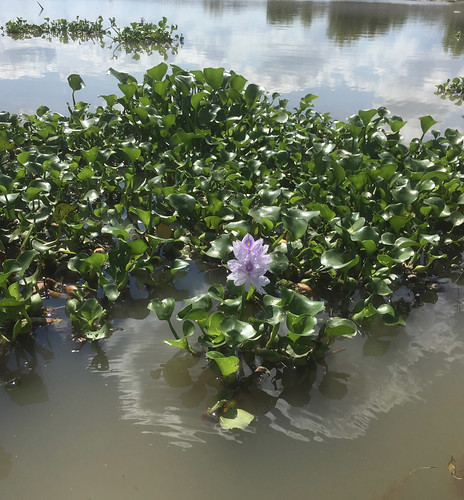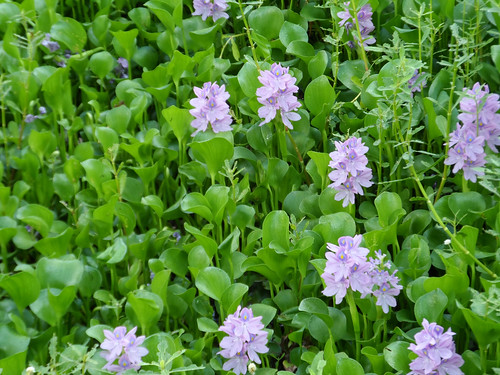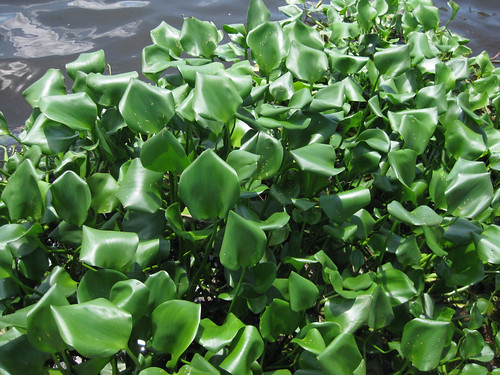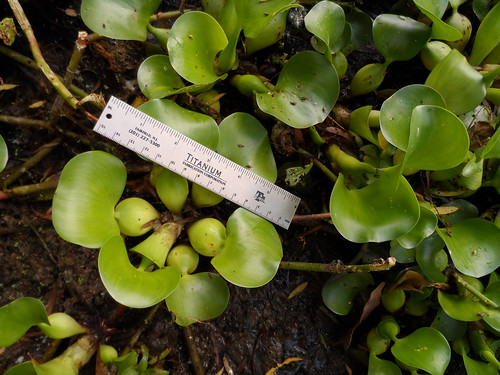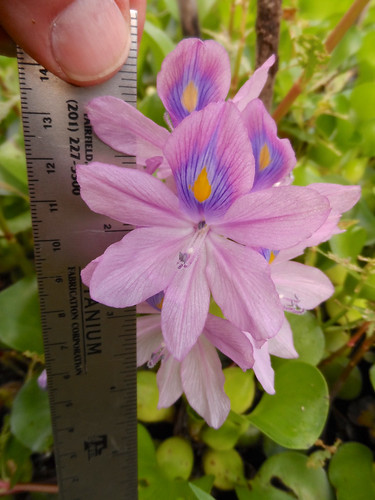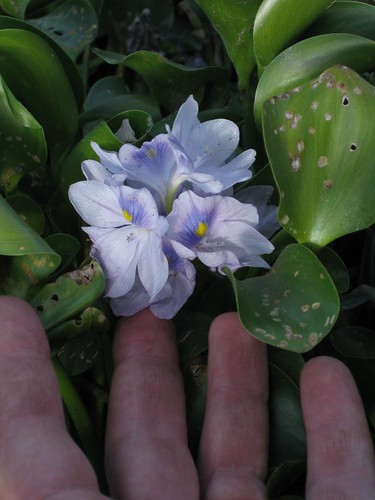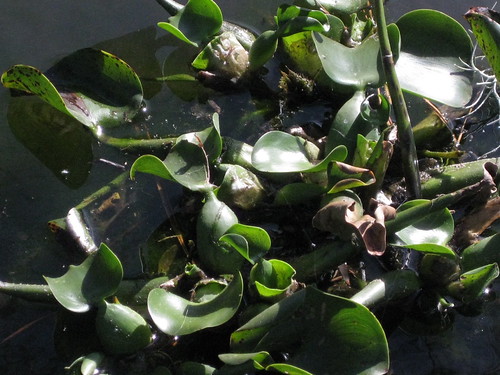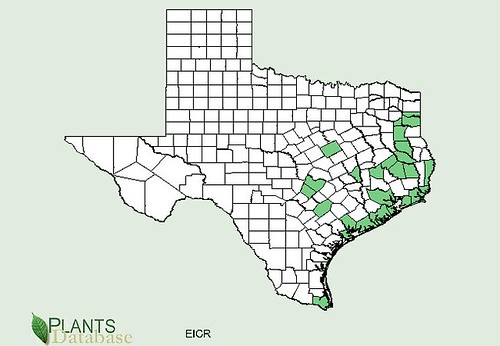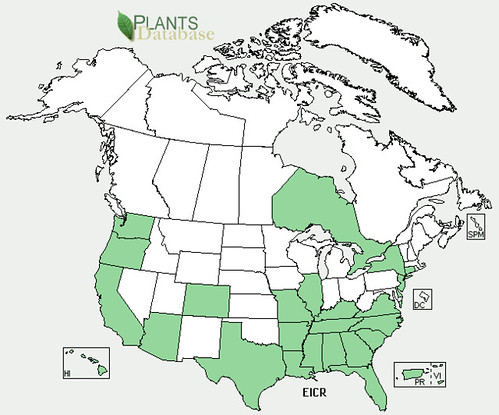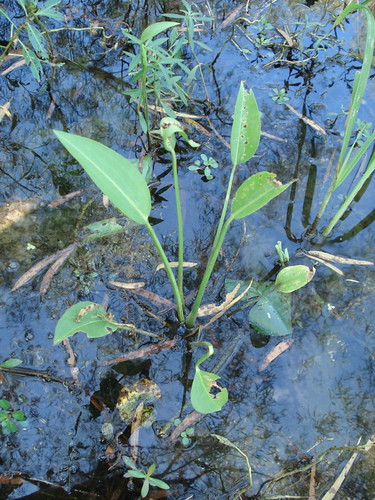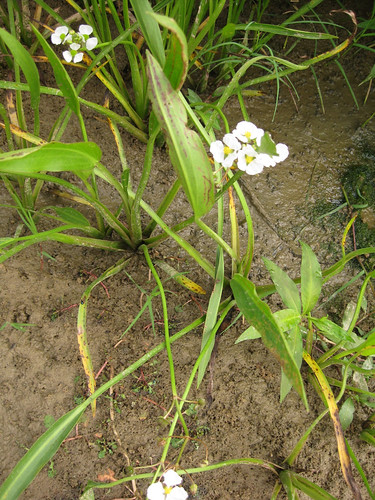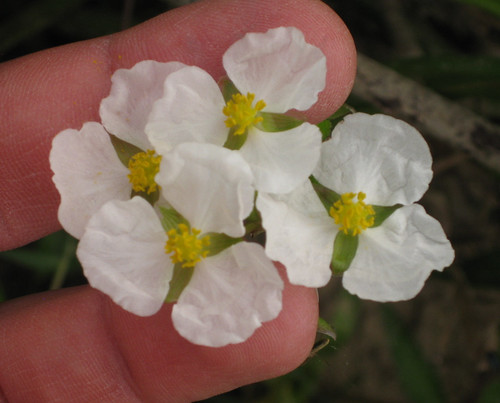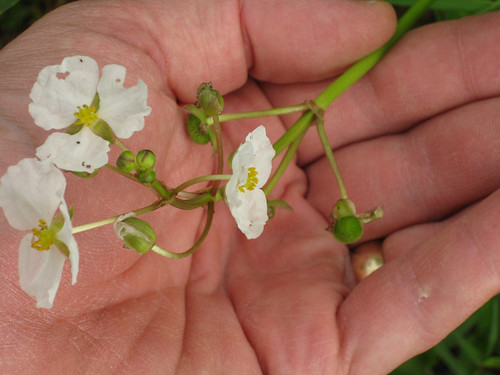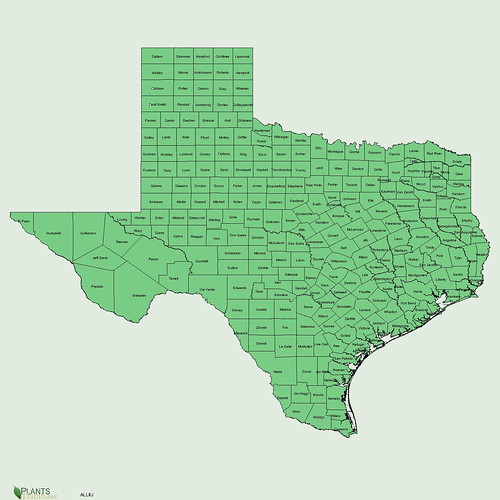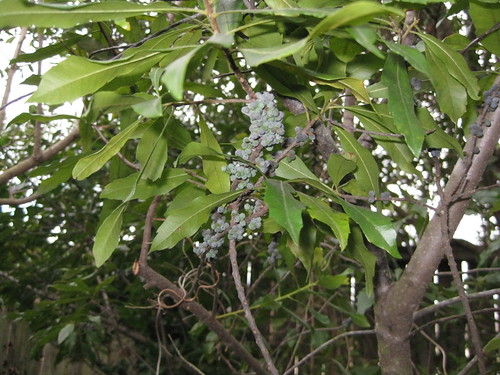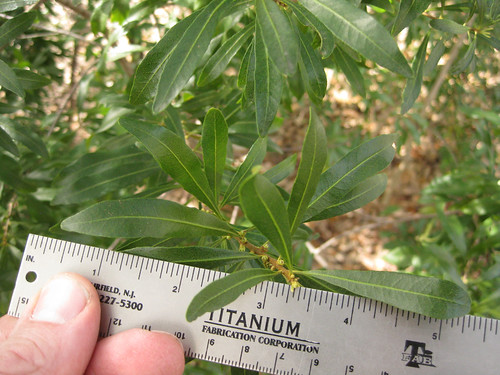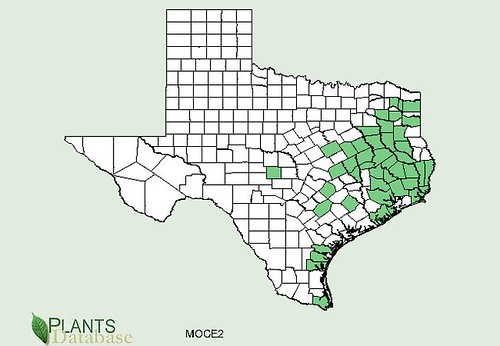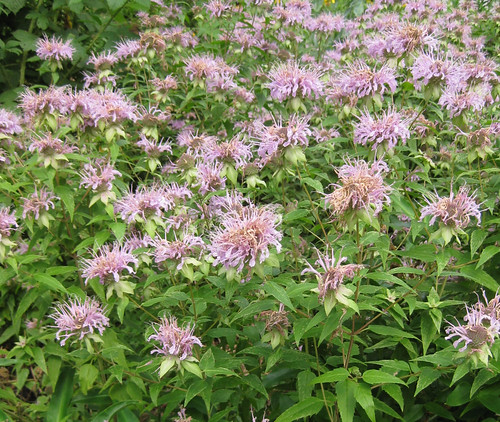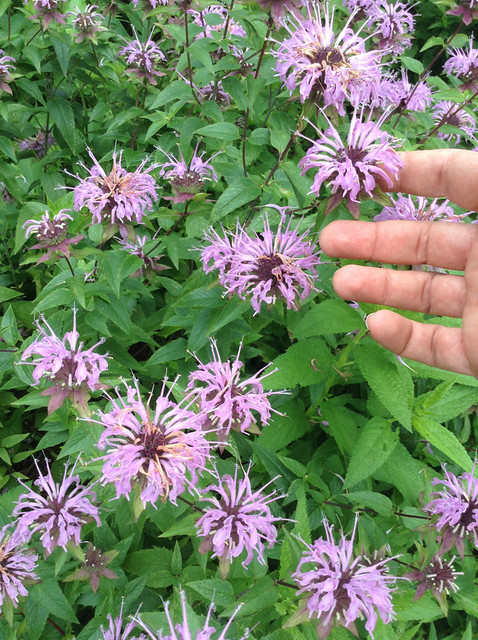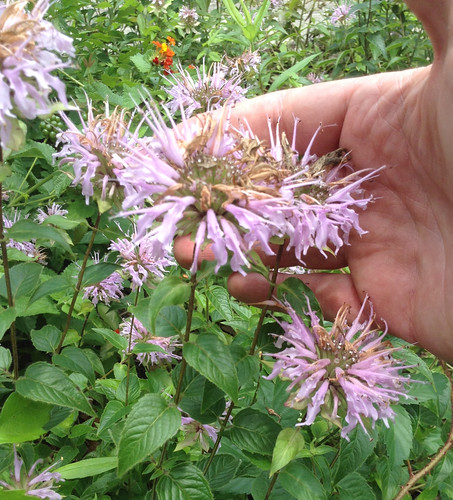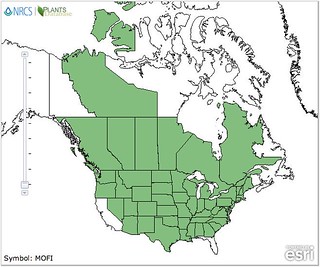Abundance: uncommon
What: Leaves, flowers
How: Leaves and flowers raw (great in salads), tea from flowers
Where: small, heart-shaped flowers in shady, moist areas
When: Winter (in Houston), Spring, early summer
Nutritional Value: very rich in vitamin A,C
Nutritional Value: Violets contain the chemical Violine which, in VERY large doses, can cause vomiting and diarrhea.
Medicinal Summary:
Roots/Leaves/Flowers - expectorant; mild laxative; wound healer; soothes upper respiratory and skin inflammations; reduces blood sugar (poultice, tisane)
Wild violet plant.
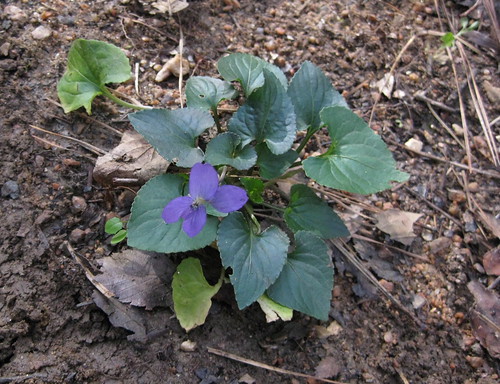
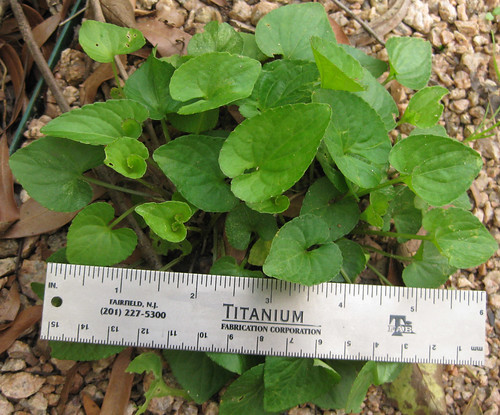
Wild violet seed pods.
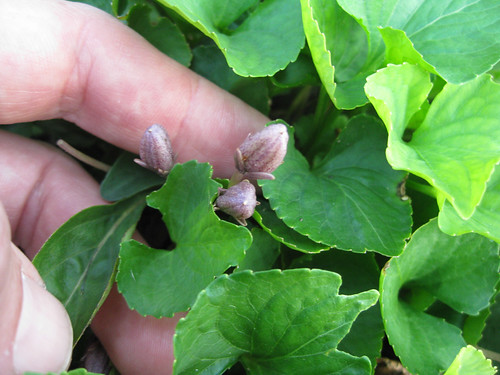
Close-up of wild violet flower.
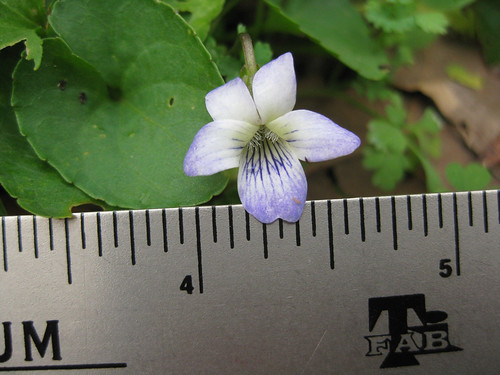
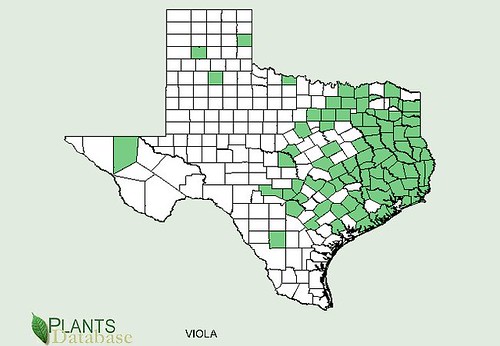
North American distribution, attributed to U.S. Department of Agriculture.
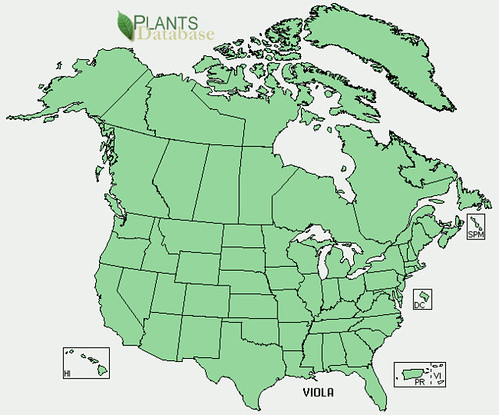
Wild violets are a wonderful winter/spring nibble and if you're lucky, summer and fall, too! They prefer cool, damp areas of woods during the summer but during the winter they can be found in sunnier locations including yards. The heart-shaped leaves grow in a rosette form from an underground tuber and the leaf stems usually enter the soil individually. The violet flowers have five petals with the lowest petal being significantly thicker than the other petals. Only only flower forms per flower stalk. The "seed pods" hang down from individual stalks and kind of have the appearance of purple/brown bell peppers.
The leaves and flowers of wild violets are loaded with vitamin A & C which help keep many an Appalachian child nourished. The leaves and flowers are eaten raw or mixed in any sort of salad or green smoothie.
A reader of this blog wrote me of a bad experience after eating a bunch of wild violets sautéed with butter and garlic. Later that night she was struck by horrible stomach distress and spent the night in the bathroom. This issue had never come up in my experience or in any reference books I own. Further research turned up a record in an old Indian (Asian subcontinent) herbal book that the violet compound "violine" is an emeto-cathartic (makes you purge from both ends!) in large doses. The fact that this isn't mentioned anywhere else suggests it is an extremely rare issue and not one I'm concerned about when eating reasonable amounts of violets.
Buy my book! Outdoor Adventure Guides Foraging covers 70 of North America's tastiest and easy to find wild edibles shown with the same big pictures as here on the Foraging Texas website.




